Background: I have a large data frame data_2014, containing ~ 1,000,000 rows like this
library(tidyverse)
tibble(
date_time = "4/1/2014 0:11:00",
Lat = 40.7690,
Lon = -73.9549,
Base = "B02512"
)
Problem: I want to create a plot like this 
This is what I've attempted to do:
library(tidyverse)
library(ggthemes)
library(scales)
min_lat <- 40.5774
max_lat <- 40.9176
min_long <- -74.15
max_long <- -73.7004
ggplot(data_2014, aes(Lon, Lat)) +
geom_point(size = 1, color = "chocolate") +
scale_x_continuous(limits = c(min_long, max_long)) +
scale_y_continuous(limits = c(min_lat, max_lat)) +
theme_map() +
ggtitle("NYC Map Based on Uber Rides Data (April-September 2014)")
However, when I ran this code, Rstudio crashed. I'm not particularly sure how to fix or improve this. Is there any suggestion?